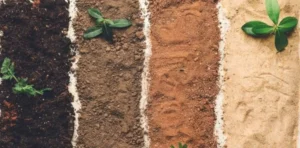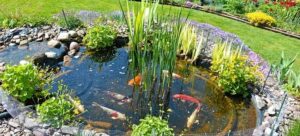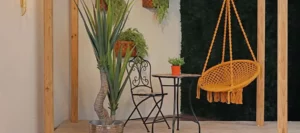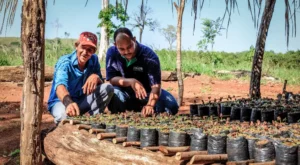Sustainable Restoration: Recover your Garden in an Eco-Friendly Way
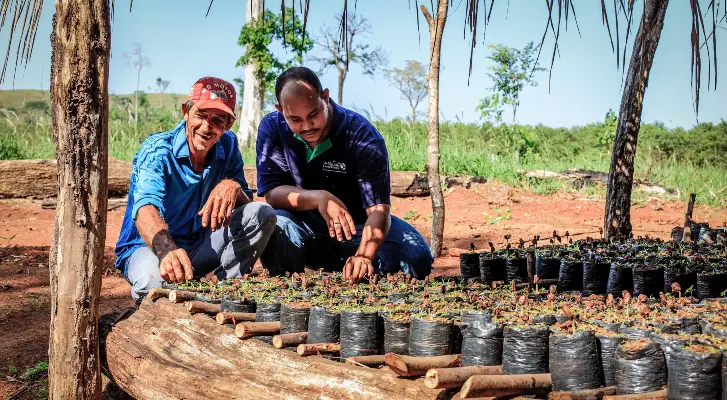
In a world that is increasingly aware of the environment, the restoration of outdoor spaces has become an opportunity to apply sustainable and nature-friendly practices. If you have a garden that has lost its splendor, sustainable restoration is the answer to recover its beauty without compromising the ecological balance. Through eco-friendly approaches, you can revive your garden and, at the same time, contribute to the well-being of the planet. In this article, we will explore how to carry out a sustainable restoration to recover your garden in an eco-friendly way.
1. Ecological Assessment of the Garden
Before beginning any restoration project, it is essential to carry out an ecological assessment of your garden. Examine the health of plants, soil, water, and other natural elements present. Identify areas that need attention and consider how your decisions will affect the local ecosystem. This assessment will help you develop a sustainable restoration plan that respects and enhances the natural environment.
2. Selection of Native Plants
A fundamental part of sustainable restoration is the choice of native plants. Opt for species that are indigenous to your region, as they are adapted to local conditions and require less water and maintenance. Native plants also provide habitats for wildlife and contribute to biodiversity.
3. Water Conservation
Water management is key in sustainable restoration. It implements conservation techniques, such as the installation of efficient irrigation systems and the collection of rainwater. Use mulching to retain moisture in the soil and reduce evaporation. Avoid wasting water by watering during the coolest hours of the day.
4. Healthy Soil and Composting
Take care of the soil in your garden through composting practices and organic amendments. Compost not only enriches the soil with nutrients, but also improves its structure and water-holding capacity. Use homemade or locally sourced compost to reduce the need for chemical fertilizers.
5. Waste Reduction and Reuse
Sustainable catering also involves reducing waste. Instead of throwing away materials, consider how you can reuse them in your garden. For example, old furniture can be restored and turned into decorative or functional elements. Use recycled or reclaimed materials in landscaping projects.
6. Habitats for Wildlife
Create spaces in your yard that are attractive to local wildlife. You can do this by planting shrubs and flowers that attract pollinators like bees and butterflies. Add bird houses, bird feeders and waterers. Providing natural habitats and food for wildlife is an essential aspect of sustainable restoration.
7. Avoid the Use of Chemicals
In sustainable restoration, it is crucial to avoid the use of chemical pesticides and herbicides. These products may have harmful effects on human health and the environment. Instead, use natural pest control methods and look for eco-friendly solutions to keep your plants healthy.
8. Conscious Design
When planning the layout of your restored garden, keep space efficiency in mind. Create functional zones that adapt to your needs and at the same time are harmonious with the environment. Sustainable restoration is not only about the choice of plants, but also how they are integrated into the space.
9. Eco-Friendly Maintenance
Once the restoration is complete, maintain your garden in an eco-friendly way. Adopt sustainable maintenance practices, such as proper pruning, cleaning areas without disturbing wildlife, and promoting plant health through natural methods.
10. Education and Awareness
Sustainable restoration not only benefits your garden, but also has a positive impact on the community and the planet as a whole. Share your experience and knowledge with friends, family and neighbors to inspire the adoption of eco-friendly practices in other gardens.
Conclusion
Sustainable restoration is an effective way to recover the beauty of your garden while contributing to the care of the environment. Through the choice of native plants, water conservation, responsible waste management and the promotion of natural habitats, you can transform your garden into a beautiful and ecological space. Sustainable restoration is not only a responsible approach, but it is also an opportunity to connect with nature and enjoy a garden that reflects your values and love for the natural environment.


